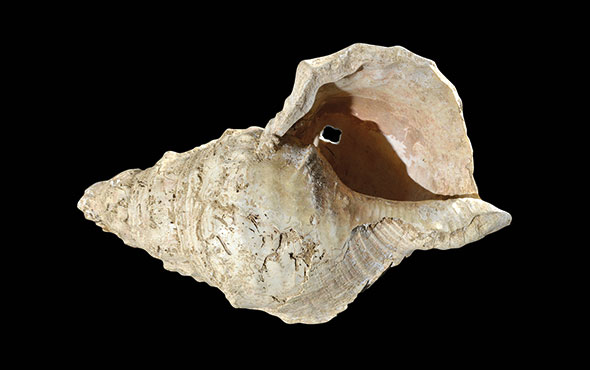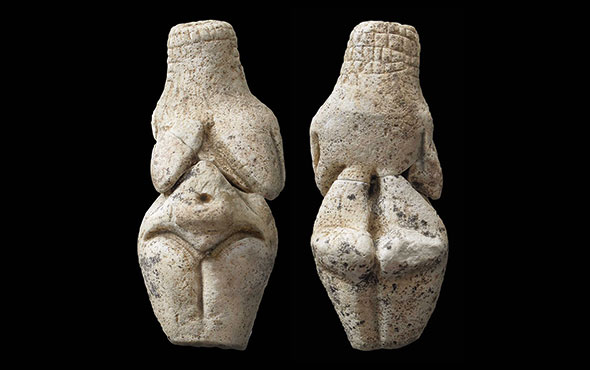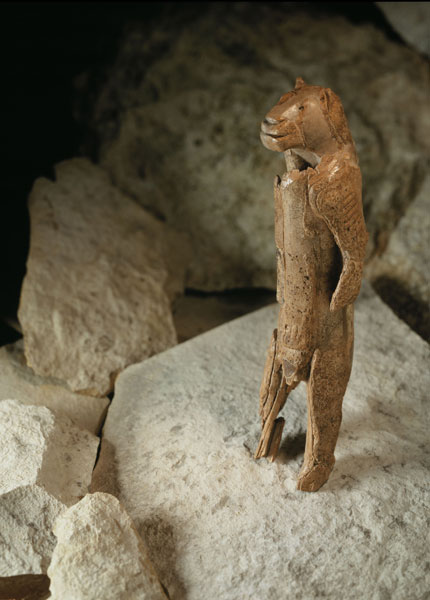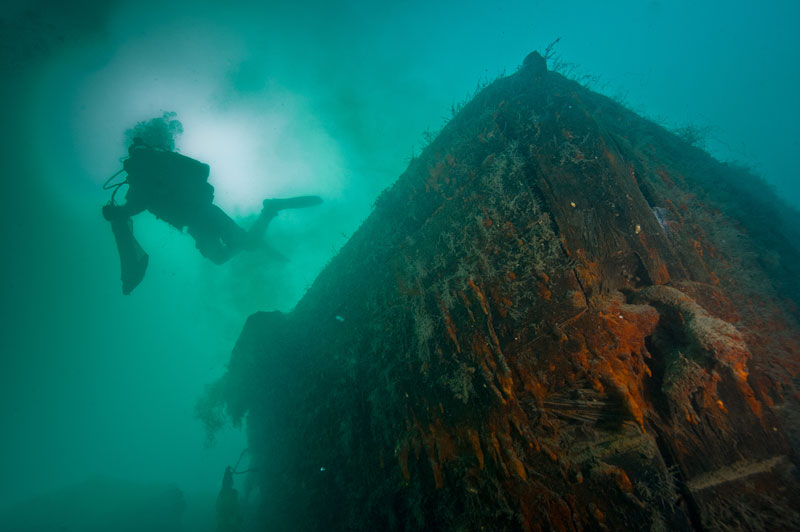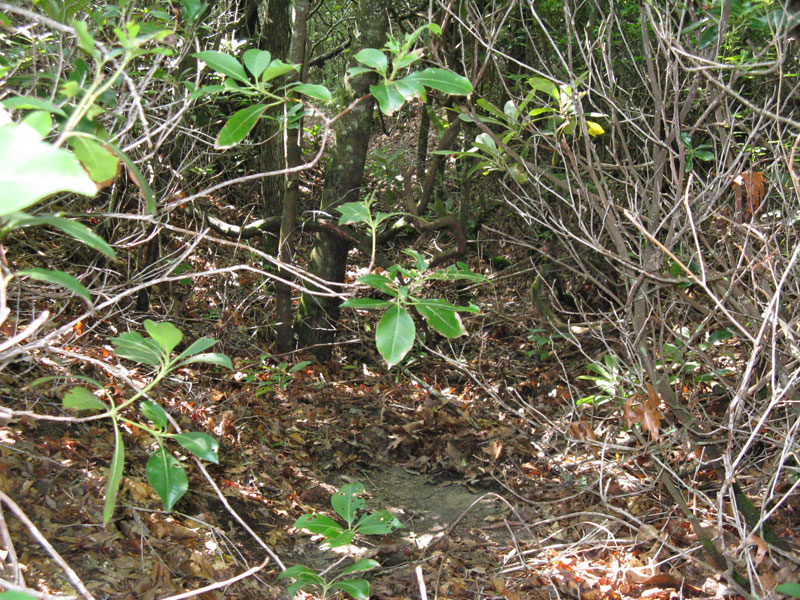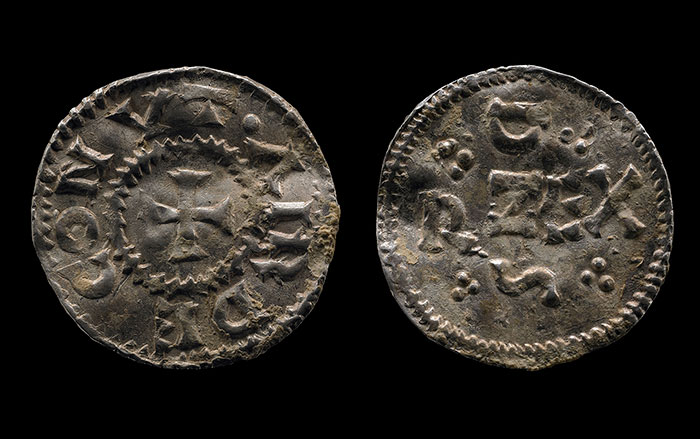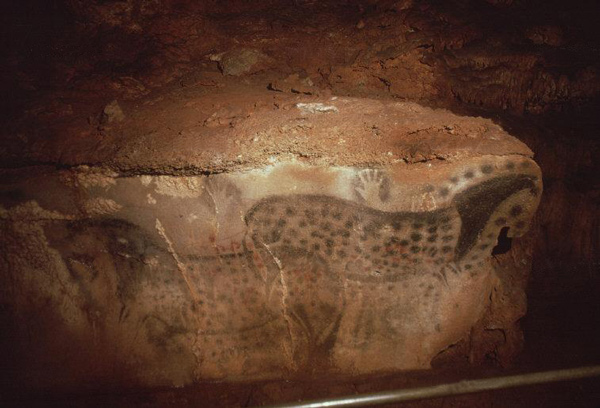
Genetic material from the bones and teeth of wild horses, some of which died more than 20,000 years ago, has answered a longstanding debate about some Paleolithic cave artists: Were these ancient painters realists, depicting the natural world they saw around them, or did they portray more imaginative representations?
One of the paintings in question, The Dappled Horses of Pech-Merle, in a cave in southern France, is a nearly 25,000-yearold depiction of horses with spotted coats. While spots are seen in many modern horses, they were believed to be a product of later domestication and thus would not have coexisted with humans in the Paleolithic.
That belief turned out to be wrong. An international team of scientists examined ancient DNA from predomesticated horse remains found in Europe and Siberia. The team found gene variants common to domesticated spotted horses in more than 20 percent of their samples. Though the finding doesn't rule out some ancient creative license, the artists could have seen spotted horses in the wild. In Proceedings of the National Academy of Sciences, the researchers report, "At least for wild horses, Paleolithic cave paintings were closely rooted in the real-life appearance of the animals."



